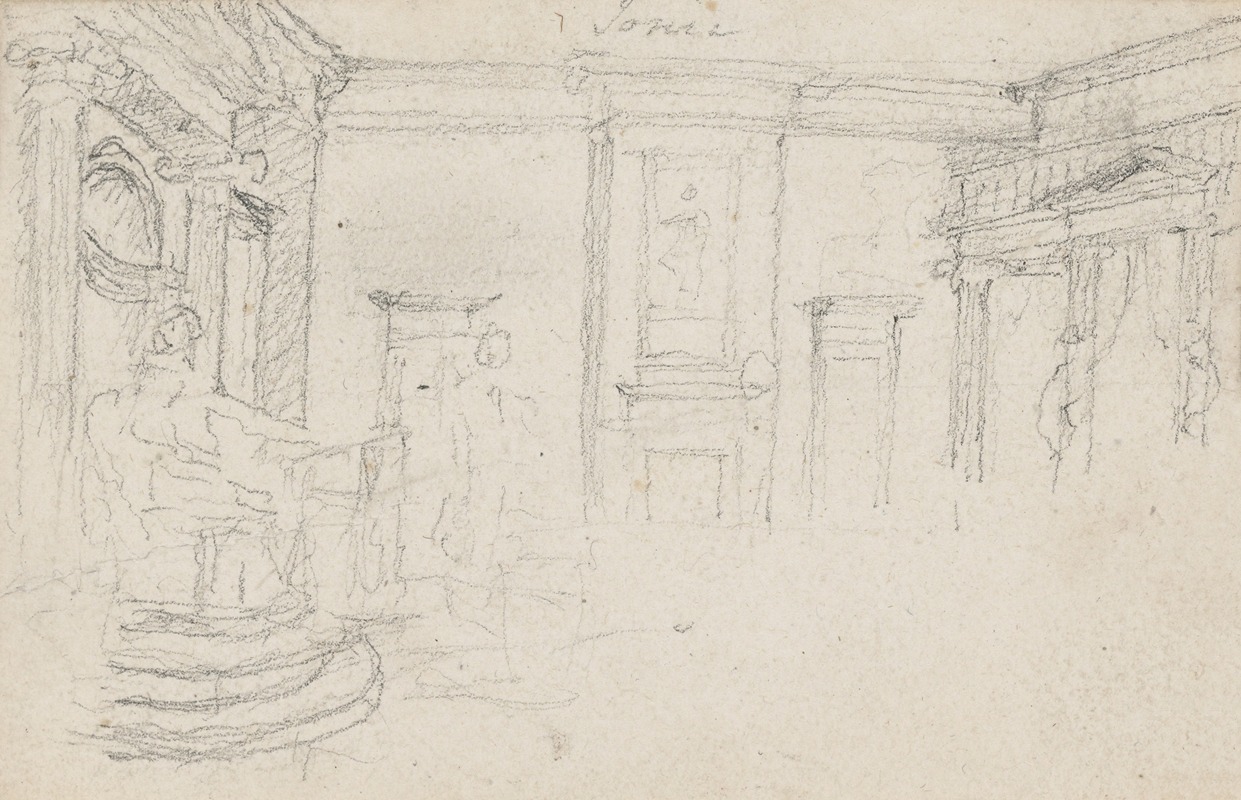
Sketch for the Interior of the Maryland State House, Annapolis
A hand-painted replica of John Trumbull’s masterpiece Sketch for the Interior of the Maryland State House, Annapolis, meticulously crafted by professional artists to capture the true essence of the original. Each piece is created with museum-quality canvas and rare mineral pigments, carefully painted by experienced artists with delicate brushstrokes and rich, layered colors to perfectly recreate the texture of the original artwork. Unlike machine-printed reproductions, this hand-painted version brings the painting to life, infused with the artist’s emotions and skill in every stroke. Whether for personal collection or home decoration, it instantly elevates the artistic atmosphere of any space.
"Sketch for the Interior of the Maryland State House, Annapolis" is a painting by the American artist John Trumbull. Created in 1797, this work is a preparatory sketch for a larger, unrealized painting that Trumbull had planned. The sketch depicts the interior of the Maryland State House in Annapolis, Maryland, which is historically significant as the site where the Continental Congress met and where General George Washington famously resigned his commission as commander-in-chief of the Continental Army on December 23, 1783.
John Trumbull, known for his historical paintings of the American Revolutionary War, was deeply interested in capturing pivotal moments in American history. This sketch reflects his intention to commemorate the solemn and symbolic event of Washington's resignation, which underscored the principle of civilian control of the military and set a precedent for the peaceful transfer of power in the United States.
The Maryland State House, completed in 1779, is the oldest state capitol still in continuous legislative use and served as the temporary capital of the United States from 1783 to 1784. Trumbull's sketch provides a glimpse into the architectural details of the building's interior during that period, including its distinctive dome and classical design elements.
Although the larger painting was never completed, the sketch remains an important example of Trumbull's preparatory work and his dedication to documenting key moments in American history. Today, the sketch is part of the collection of the Yale University Art Gallery in New Haven, Connecticut, where it is preserved as a testament to Trumbull's artistic vision and historical focus.
The work is executed in oil on canvas and demonstrates Trumbull's skill in composition and his attention to historical accuracy. However, as a sketch, it is less detailed than his finished works and serves primarily as a study for the intended final piece. Despite its unfinished nature, the sketch holds historical and artistic value, offering insight into Trumbull's creative process and his role in shaping early American historical art.





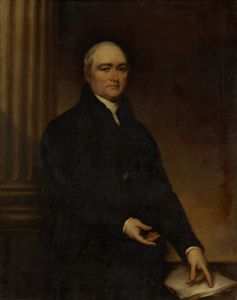
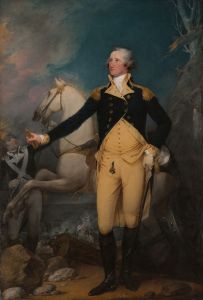
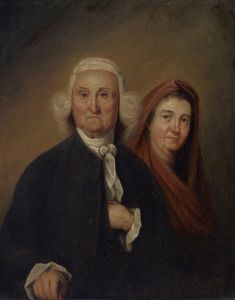
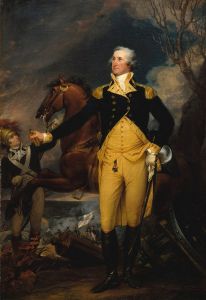
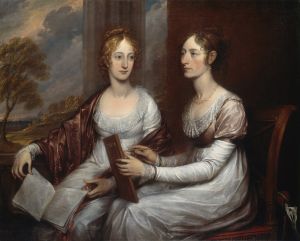
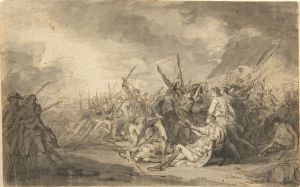
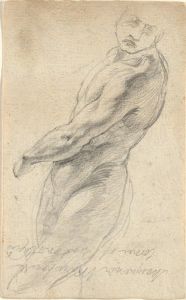
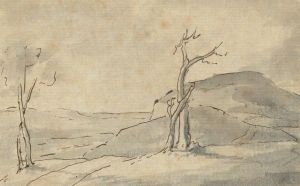

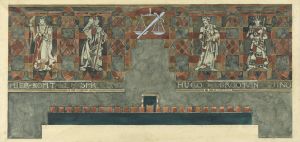
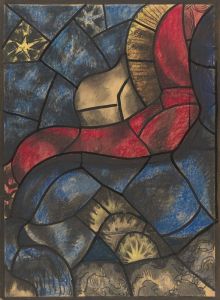

![Designs for the Puck Theater , New York, NY.] [Exterior perspective study](/imgs/249328/s/winold-reiss-designs-for-the-puck-theater-new-york-ny-exterior-perspective-study-9c896b94.jpg)
![Interior perspective drawings of Hotel Siwanoy, Mount Vernon, NY.] [Interior perspective study of Grill in red, yellow, and orange](/imgs/249369/s/winold-reiss-interior-perspective-drawings-of-hotel-siwanoy-mount-vernon-ny-interior-perspective-study-of-grill-in-red-yellow-and-orange-5860095.jpg)